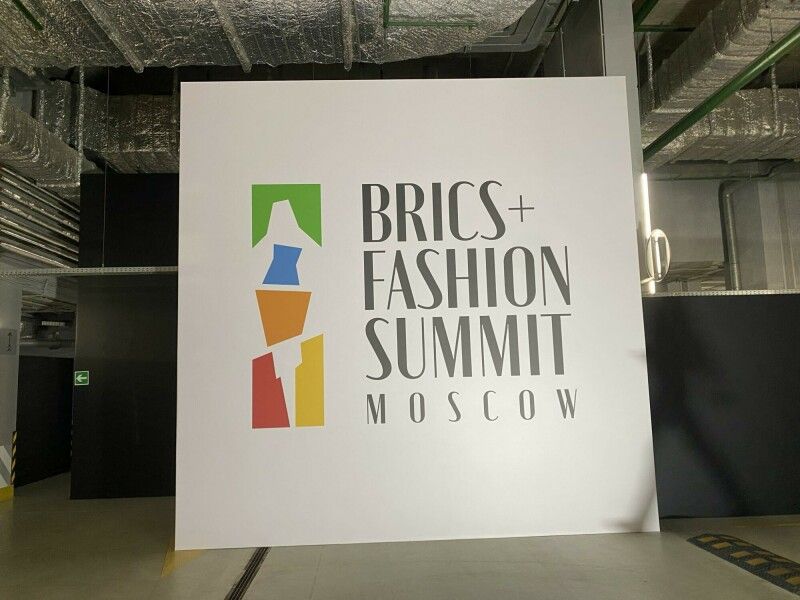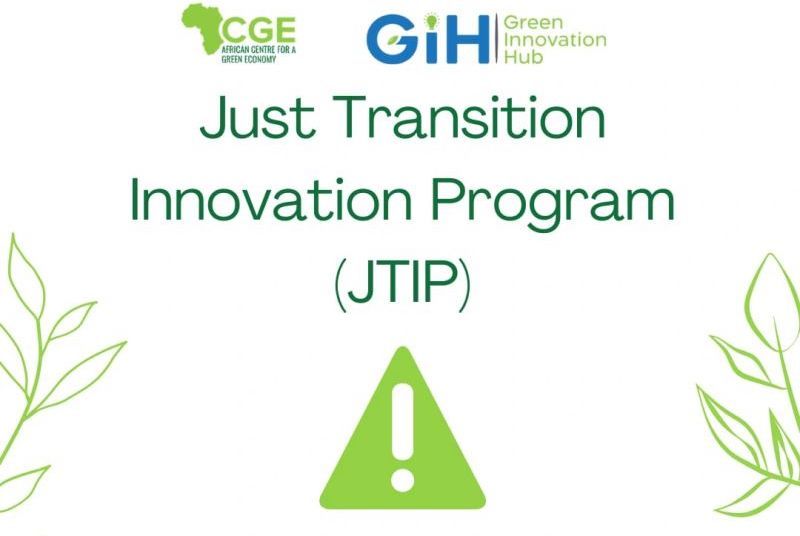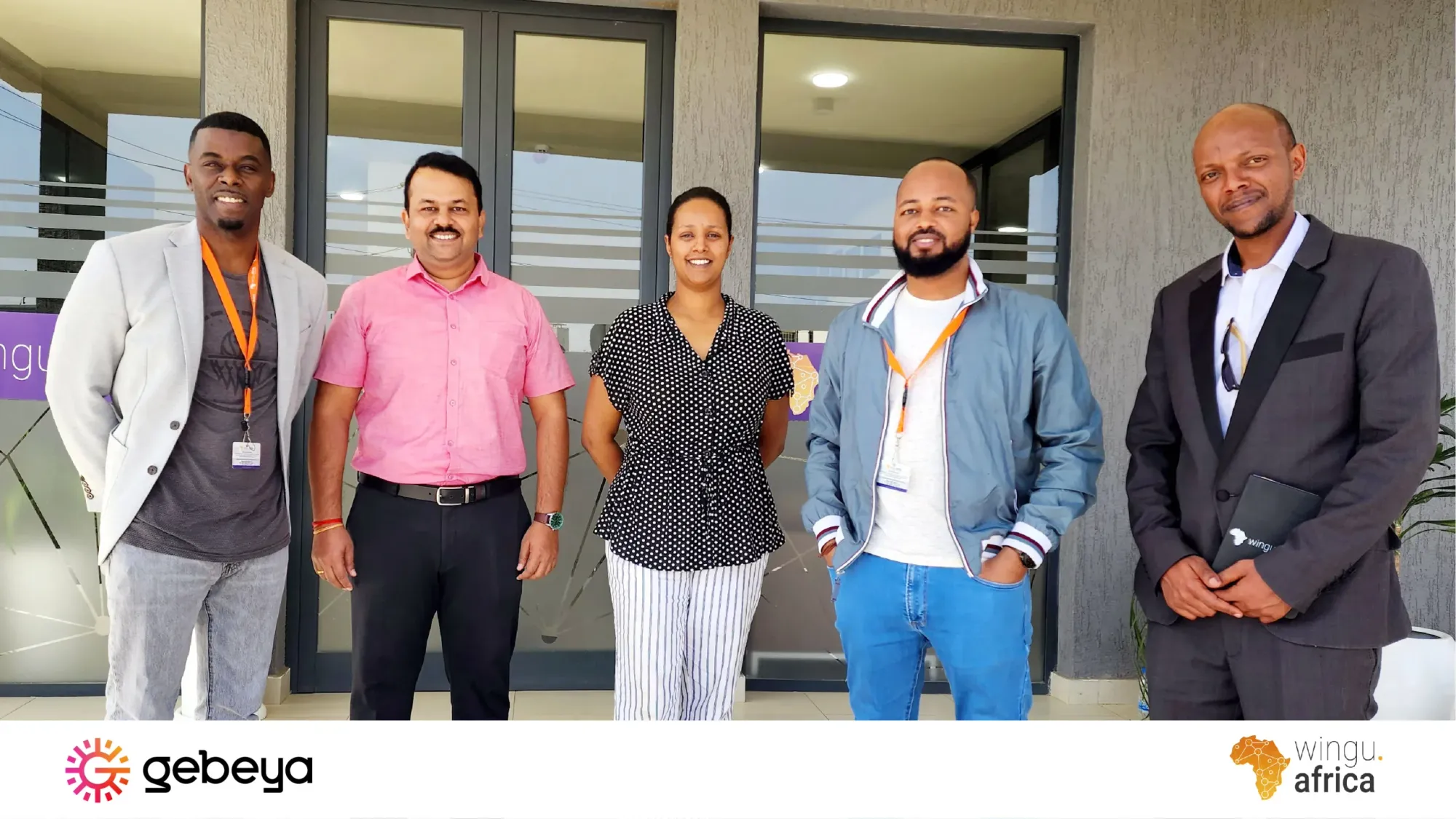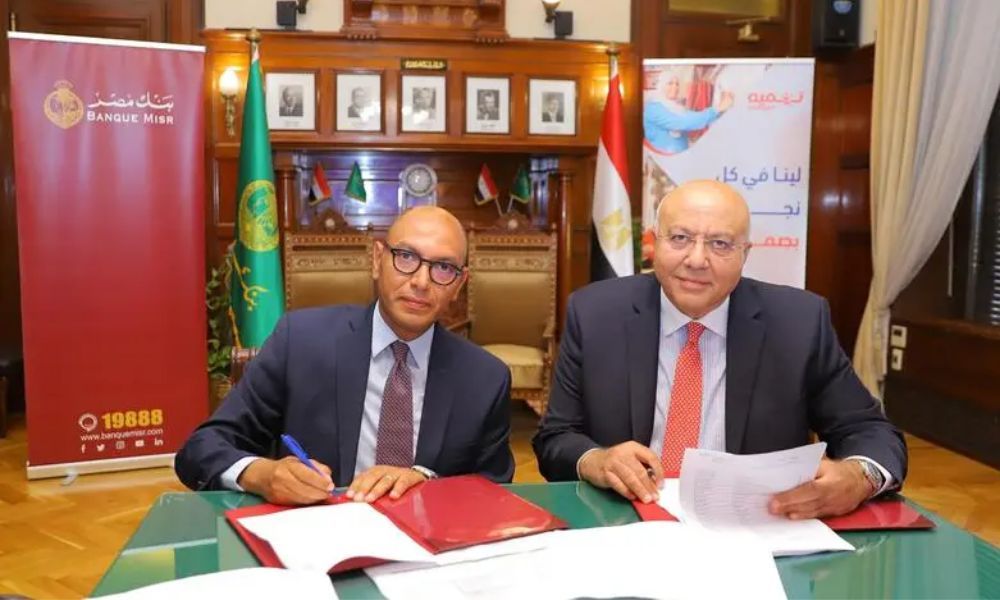The Awakening of Africa at BRICS+ Fashion Summit
As the much-anticipated BRICS+ Fashion Summit takes center stage in Moscow, Africa, often deemed the 'sleeping giant' of the fashion world, aims to make a bold statement. Delegations from nearly two dozen nations, including Nigeria, South Africa, Namibia, Kenya, Botswana, Tanzania, Côte D’Ivoire, Egypt, Tunisia, and Morocco, are gearing up for a presence that promises to be both unmistakable and impactful.
A Shift in Global Fashion Discourse
Scheduled from November 28th to December 2nd, the BRICS+ Fashion Summit is anticipated to bring about a refreshing shift in the global fashion narrative. This event might serve as the catalyst needed to redefine the role of BRICS—a formidable alliance that includes Brazil, Russia, India, China, and recently joined members like Egypt, Argentina, and the United Arab Emirates—in the international fashion scene.
The Imbalance in Global Fashion
For too long, major nations within BRICS, particularly China and India, have been relegated to serving as mere manufacturing hubs for Western brands. This has resulted in overshadowing the rich cultural aesthetics and innovative designs emanating from these nations. Moreover, some African and Latin American countries have been burdened with the disposal of the West's used clothing, prompting nations like Rwanda and Kenya to impose bans on second-hand imports.
Addressing the Imbalances
The BRICS+ Fashion Summit emerges as a commitment to democratize fashion, providing an opportunity for a global realignment. It envisions a world where the diverse aesthetics of BRICS+ nations are not just acknowledged but celebrated. It seeks to foster an environment where fashion trends are guided by a collective global influence.
Redefining Global Fashion: The Rise of Africa
In a fashion landscape traditionally dominated by international brands, globalization and digitization are ushering in a new era. Social media, e-commerce, and consumer movements advocating for diversity are creating opportunities for emerging fashion brands from developing countries. Africa, in particular, has become a hub of fresh talent.
African Designers Making Waves
Nigerian designers like Amaka Osakwe, Duro Olowu, and South Africa’s David Tlale have gained international recognition. The BRICS+ Fashion Summit is set to showcase not only established designers but also a burgeoning wave of talent from across the African continent, from Kenya to Tanzania, Malawi to Mali, and Egypt to Morocco.
A Platform for Innovation and Knowledge Exchange
The summit is not just a stage for established designers but aims to nurture the next generation. Marey Caley, founder of the Museum of Namibian Fashion, and Gregg Maragelis, dean of Cape Town College of Fashion, are set to conduct lectures, fostering cross-cultural exchange and expanding the horizons of future fashion luminaries.
Democratization of Fashion: A Global Conversation
At the heart of the summit is the conversation around the democratization of fashion—a paradigm shift empowering new talents to set global trends. Countries like India, China, and various African nations are emerging as trendsetters. The summit is poised to host over 130 brands from 25 developing countries, drawing a diverse crowd of over 250 delegates.
Heritage and Identity
Marshall Mutsamwira, director of Zimbabwe Fashion Week, emphasizes the value of local brands and cultural identity in Africa. The summit is expected to spotlight the diverse textile traditions, appreciating local heritage and the rise of indigenous brands that reflect the continent’s distinct identity.
A New Standard for Diversity and Inclusion
The BRICS+ Fashion Summit, a groundbreaking initiative led by Russia, sets a new standard for diversity and inclusion in the global fashion scene. By embracing a rich tapestry of cultural influences, the summit underscores the importance of broadening perspectives and signals a new age for the fashion industry. This pioneering event is certain to inspire future fashion conferences, emphasizing the need to maintain diversity and inclusion as core principles within the creative realm.




